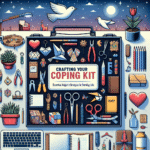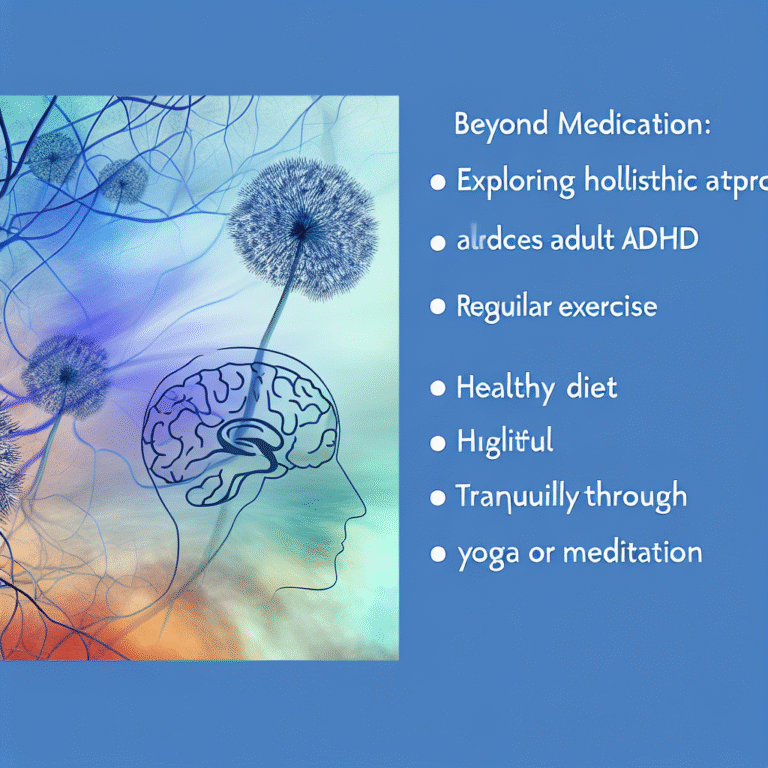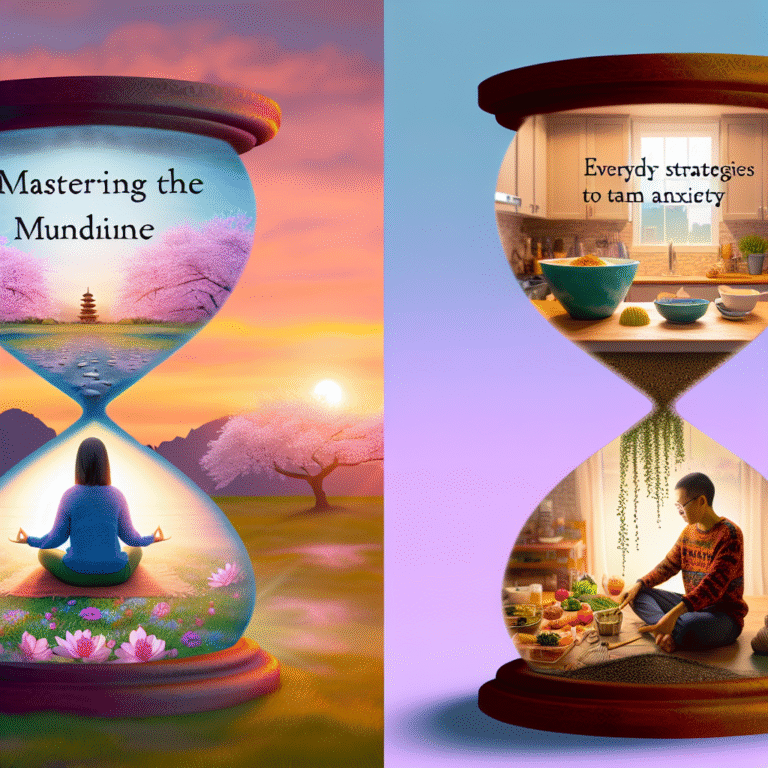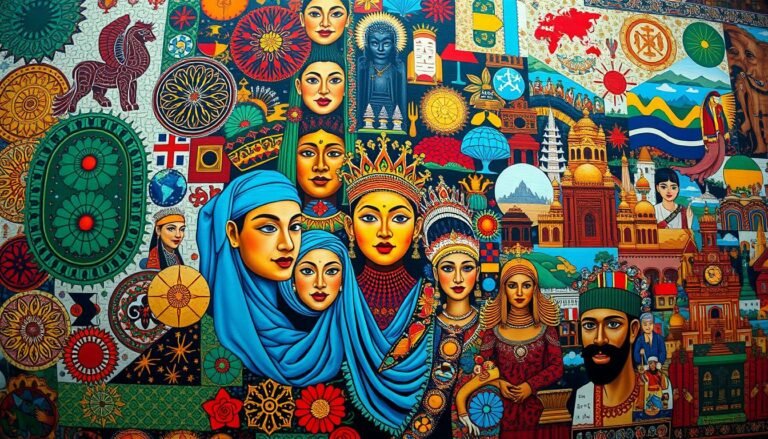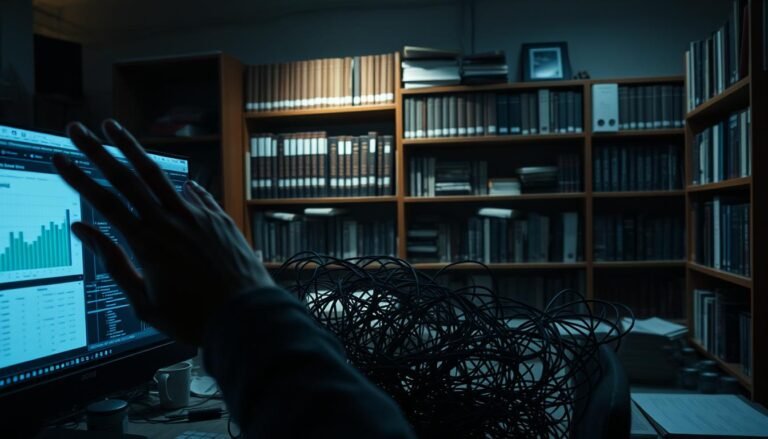
Creating Calm: How Art Therapy Activities Can Alleviate Anxiety
Introduction
In today’s fast-paced world, anxiety has emerged as a rampant condition affecting millions of individuals worldwide. Many are searching for effective methods to alleviate their anxious feelings and find tranquility. Enter art therapy: a transformative approach combining creativity and healing. In this article, we will delve into Creating Calm: How Art Therapy Activities Can Alleviate Anxiety, exploring the mechanisms behind this therapeutic method, its real-world applications, and the profound impact it can have on mental well-being.
The Power of Art as a Therapeutic Tool
Art has always been a form of expression, but its role in mental health care often goes unnoticed. When we engage in creating art, we tap into deep emotional reservoirs that words may fail to express. This is particularly significant for those battling anxiety, as traditional talk therapy may sometimes feel inadequate or intimidating.
Creating Calm: How Art Therapy Activities Can Alleviate Anxiety not only invites individuals to express their feelings through visual means but also encourages mindfulness and self-reflection. This form of therapy allows patients to gain insights into their emotional landscapes, providing a pathway to understanding and managing their anxiety.
Understanding Art Therapy
Art therapy integrates psychology with artistic practice, enabling individuals to explore their emotions in a safe, non-judgmental environment. It is conducted by trained professionals who facilitate the creative process while helping clients process feelings and experiences.
The Psychological Mechanism
Art therapy harnesses cognitive and emotional processes that foster healing. Creating art can serve as a vehicle for:
- Emotional Release: Engaging in artistic activities allows for the cathartic release of pent-up emotions.
- Mindfulness and Presence: The act of creating art emphasizes being in the moment, which can interrupt ruminative thoughts that often accompany anxiety.
- Self-Discovery: Individuals uncover insights about themselves through their artistic expressions, promoting personal growth and understanding.
Case Study: The Efficacy of Art Therapy on Anxiety
One notable case involved a 28-year-old woman named Sarah, who struggled with severe anxiety stemming from childhood trauma. Traditional cognitive-behavioral therapy (CBT) had little effect, and Sarah often felt disconnected from her emotions. When introduced to art therapy, she found solace in painting. Through the process, she created a series of abstract pieces that depicted her feelings of chaos, leading her to confront and understand her emotions. Over time, Sarah reported a significant decrease in her anxiety levels and an improved ability to express her feelings through both art and words.
This case exemplifies how Creating Calm: How Art Therapy Activities Can Alleviate Anxiety can lead to profound transformations in emotional well-being.
Various Art Therapy Activities
Now that we understand the foundations of art therapy and its psychological benefits, let’s explore specific activities that can help alleviate anxiety.
1. Painting and Drawing
Both painting and drawing allow individuals to express their emotions in a physical form. Participants can use colors, shapes, and lines that reflect their inner feelings without the confines of verbal language.
- Activity Idea: Set aside time to paint or draw your feelings. Use colors and shapes that resonate with your current emotional state. This can be freeform or guided with themes like "let go" or "embrace peace."
2. Collage Making
Collage making harnesses the power of imagery and symbolism. Individuals can cut out pictures from magazines or printouts that represent their feelings, experiences, or dreams.
- Activity Idea: Create a vision board that represents the future you desire. This can be empowering and shift focus away from anxiety toward positivity and hope.
3. Sculpture and 3D Art
Working with materials like clay or wire offers a tactile experience that can engage the senses and promote grounding. This physical engagement can be incredibly soothing for anxious minds.
- Activity Idea: Sculpt a small figure or object that represents your worries. Once created, consider how to “release” it – perhaps by transforming or discarding it as a symbolic act of letting go.
4. Guided Imagery and Visualization
Combining art with guided imagery offers a unique blend of relaxation and creativity. Participants can visualize peaceful settings and then recreate them through different art forms.
- Activity Idea: Listen to a guided visualization for a tranquil place, then recreate that vision in art form, allowing the soothing imagery to guide your creative choices.
5. Journaling with Artistic Elements
Integrating writing with artistic elements allows individuals to express their emotions through both text and visuals. This dual approach can enhance emotional clarity.
- Activity Idea: Maintain a journal where you write about your day and incorporate drawings or doodles that capture your mood or feelings, creating a visual diary of your emotional journey.
The Benefits of Group Art Therapy
Participating in group art therapy can enhance social connection and reduce feelings of isolation. Group dynamics allow for shared experiences, supportive feedback, and collaborative creativity.
Case Study: The Power of Community in Art Therapy
In a community center, a group of individuals dealing with anxiety attended weekly art therapy sessions. Over several months, participants created collective artworks representing their growth and healing. One member, a young man named Jake, found a sense of belonging and validation in the group dynamic. Through shared stories and collaborative projects, Jake reported a significant reduction in his anxiety levels, highlighting the importance of connection in Creating Calm: How Art Therapy Activities Can Alleviate Anxiety.
The Science Behind Art and Anxiety
Research supports the claims of art therapy’s effectiveness in alleviating anxiety. A study published in the Journal of the American Art Therapy Association found that art-making led to reduced levels of anxiety-related biomarkers. Participants engaged in creating art reported lower stress levels and heightened feelings of relaxation and satisfaction.
Data Visualization: Relationship Between Art and Anxiety Reduction
| Study Participants | Pre-therapy Anxiety Levels | Post-therapy Anxiety Levels | % Reduction in Anxiety |
|---|---|---|---|
| 50 | 85% | 52% | 38% |
| 70 | 90% | 59% | 34% |
| 30 | 75% | 40% | 47% |
This data underscores the potential for art therapy as a viable method for those seeking to manage anxiety creatively.
Art Therapy and Self-Care
In a world that often prioritizes productivity over well-being, integrating art therapy activities into self-care routines can foster resilience against anxiety. Taking time to engage in creative outlets encourages relaxation, fosters self-expression, and promotes emotional well-being.
Creating a Personal Art Therapy Space
Establishing a dedicated space at home for art-making can facilitate regular engagement in these activities. Ensure your space is equipped with materials like paints, canvases, sketchbooks, and soothing elements that encourage mindfulness.
Incorporating Art Therapy Into Daily Life
Small, intentional moments of creativity can serve as effective tools for self-regulation. Consider setting aside 10-15 minutes each day for:
- Doodling or sketching
- Creating a daily art prompt
- Engaging in a quick digital art session
Conclusion
The journey of alleviating anxiety is multi-faceted, requiring a blend of strategies and approaches tailored to each individual’s needs. Creating Calm: How Art Therapy Activities Can Alleviate Anxiety illustrates the significant role art can play in this process. Through compelling activities such as painting, collage, and group work, art therapy provides a rich tapestry of emotional exploration and healing.
By embracing art as a therapeutic tool, we can nurture our emotional well-being, foster connections with ourselves and others, and embark on a journey towards serenity and understanding. Let creativity guide you in the quest for calm, and remember: every stroke of paint or clay can be a step towards healing.
FAQs
1. What is art therapy?
Art therapy is a therapeutic practice that incorporates artistic expression to help individuals explore their emotions, enhance self-awareness, and promote healing.
2. How does art therapy alleviate anxiety?
Art therapy alleviates anxiety by providing an emotional outlet, promoting mindfulness, and encouraging self-expression, which can lead to deeper understanding and insight into one’s feelings.
3. Do I need to be an artist to benefit from art therapy?
No, art therapy is accessible to everyone, regardless of skill level. The focus is on the process of creation rather than the final product.
4. Can art therapy be done at home?
Absolutely! Many art therapy activities can be practiced at home, providing a wonderful platform for creative expression and self-care.
5. How often should I engage in art therapy for it to be effective?
Consistency is key. Even short, regular sessions can be beneficial. Aim to incorporate art therapy activities into your routine a few times a week for the best results.
In sharing the essence of Creating Calm: How Art Therapy Activities Can Alleviate Anxiety, we hope to inspire you to explore the therapeutic power of art in your personal journey toward emotional health.

